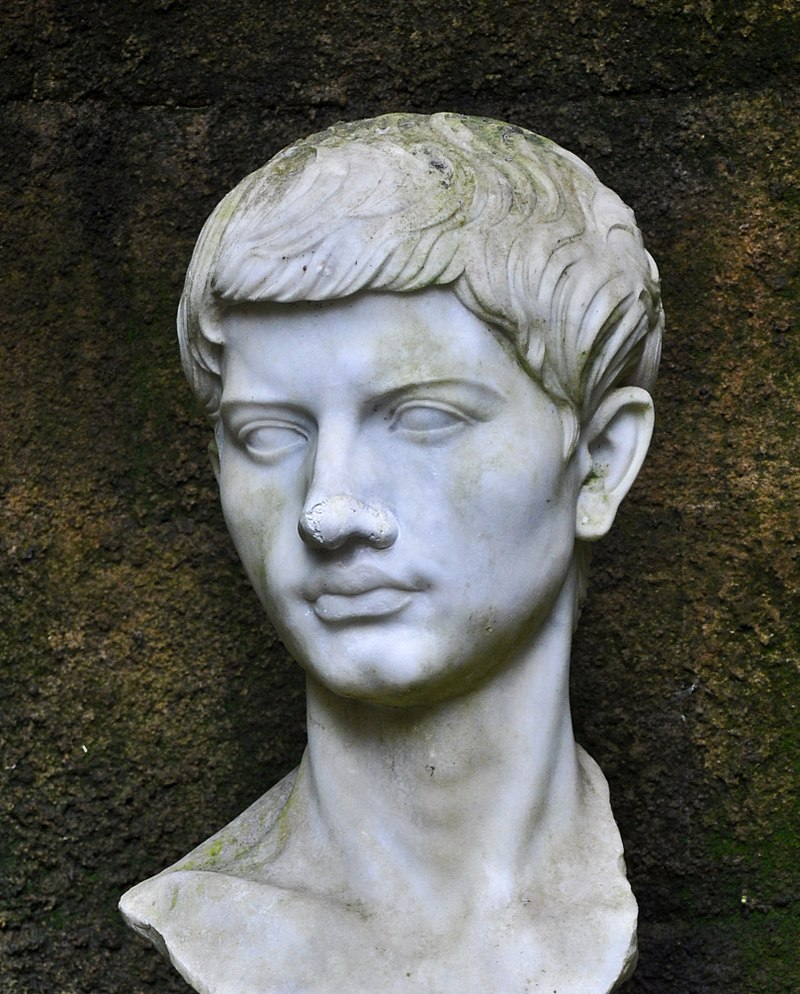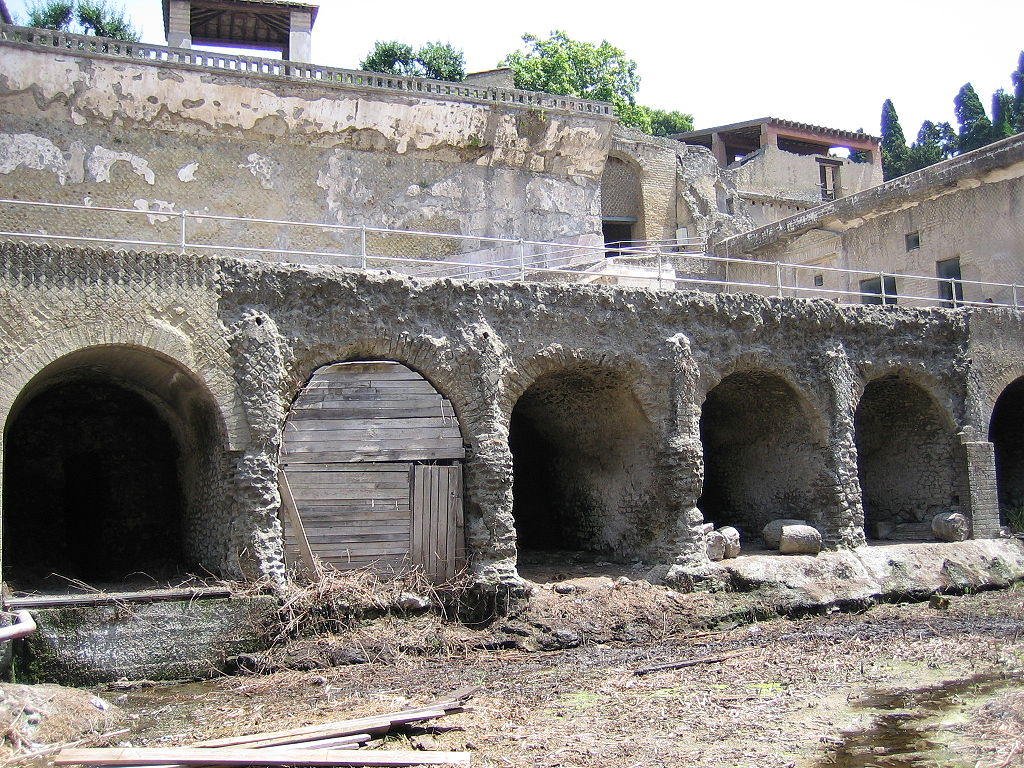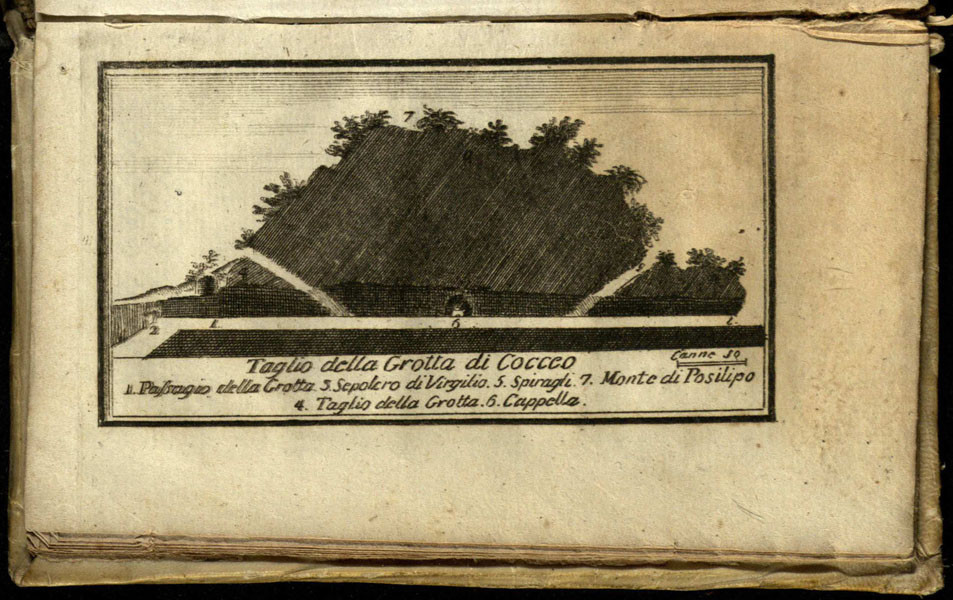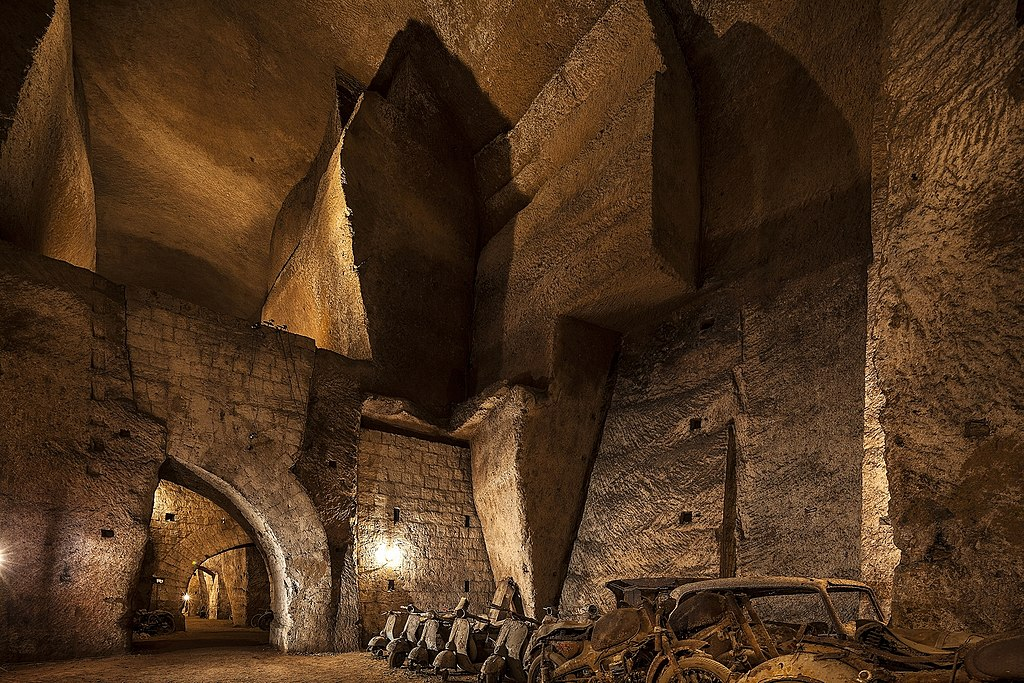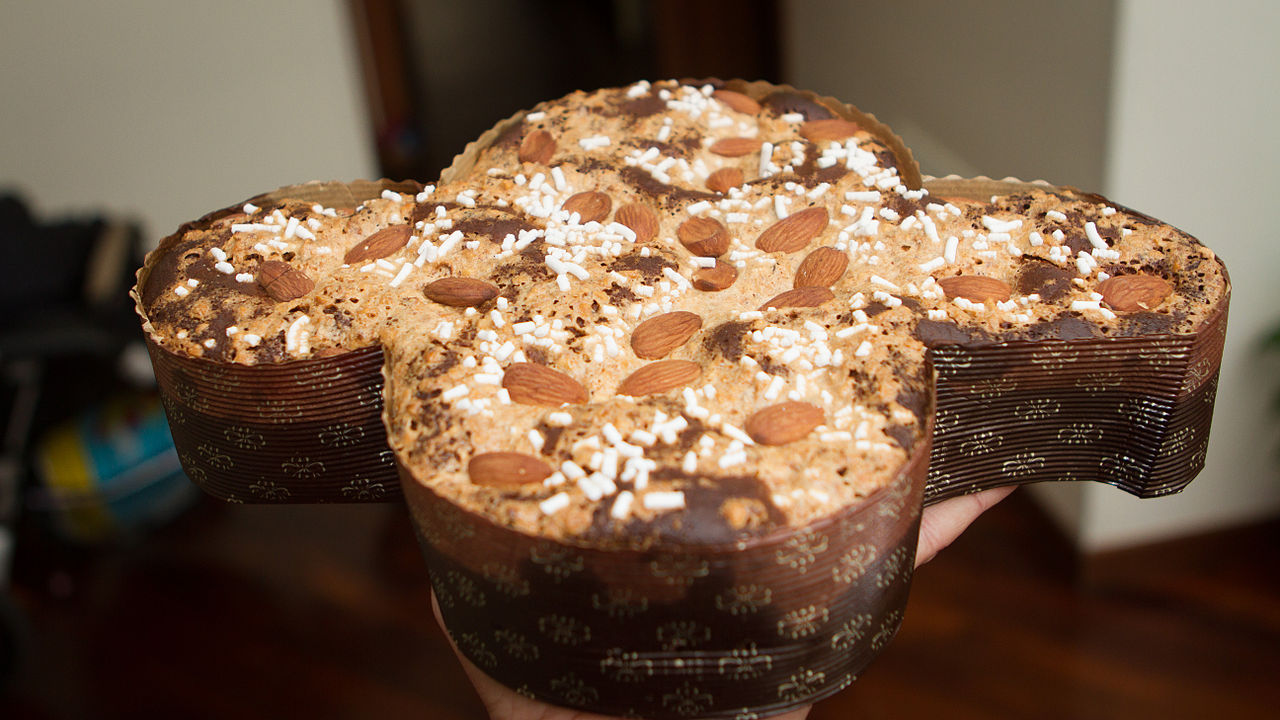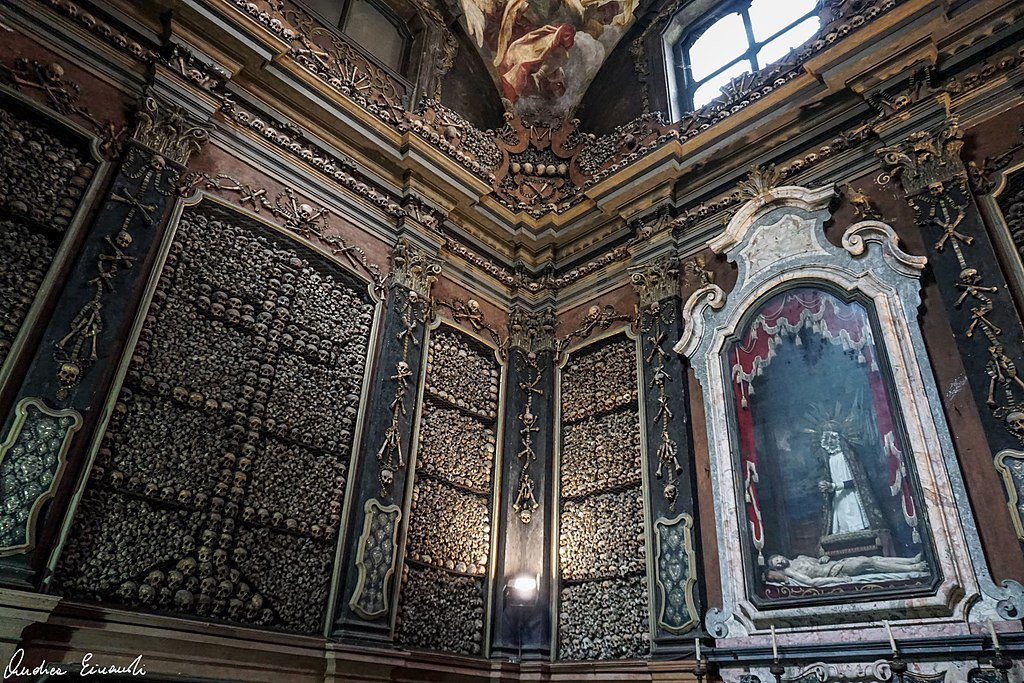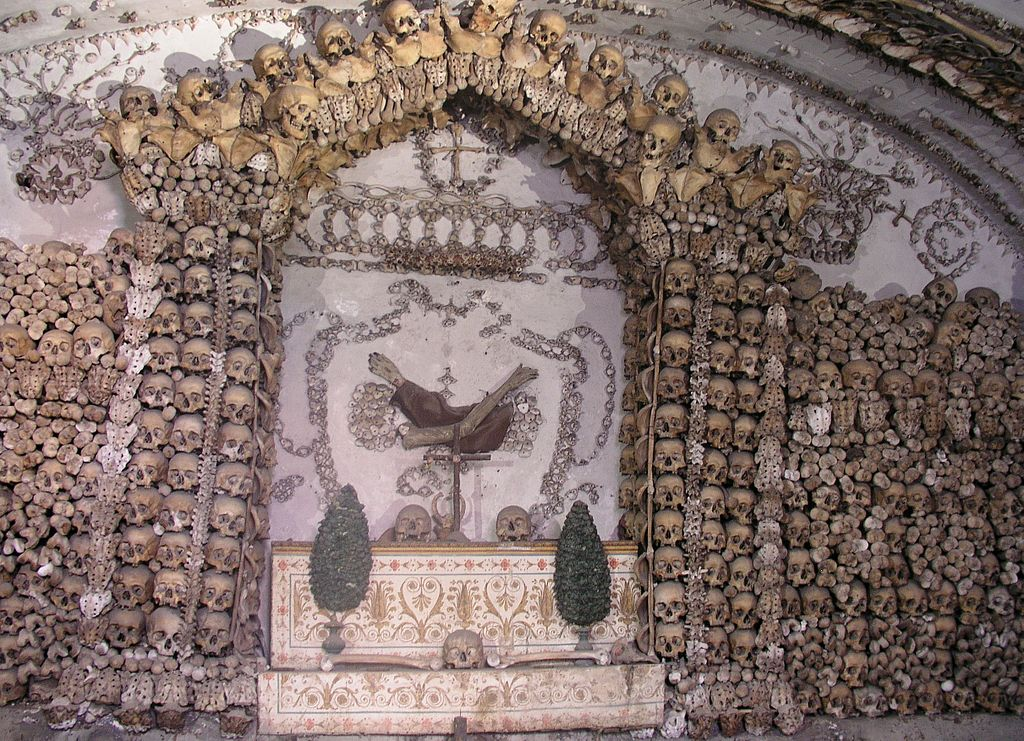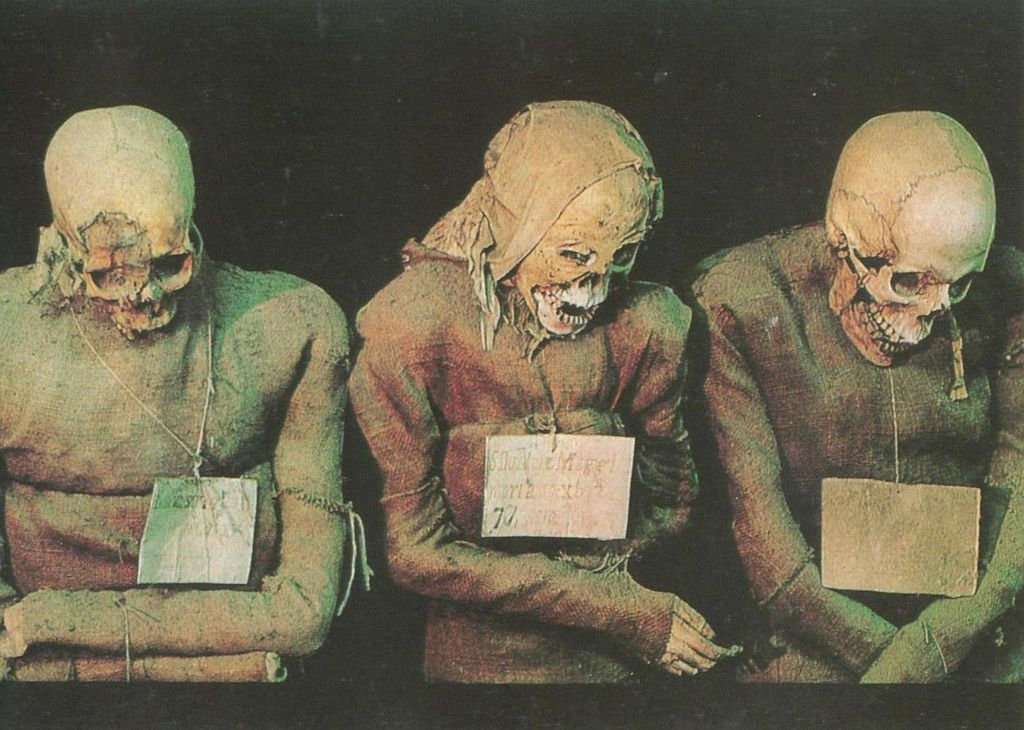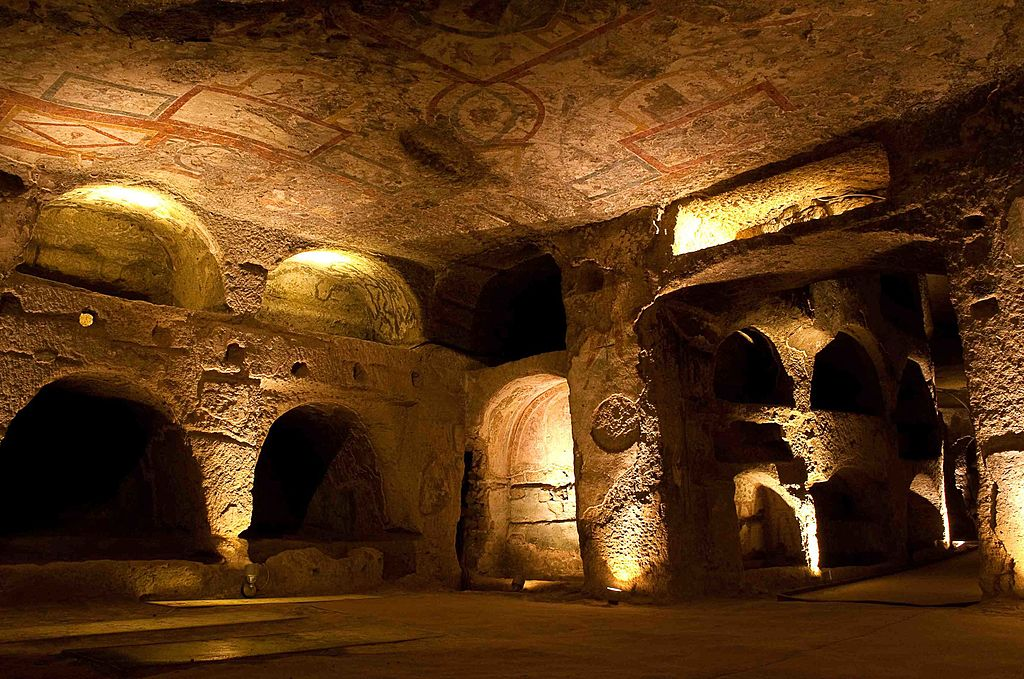Beccalossi C. Sexology, sexual development, and hormone treatments in Southern Europe and Latin America, c.1920-40. Hist Human Sci. 2023 Dec;36(5):94-121. doi: 10.1177/09526951231213028. Epub 2023 Dec 6. PMID: 38077463; PMCID: PMC10700059.
AbstractDisplacing the physiological model that had held sway in 19th-century medical thinking, early 20th-century medical scientists working on hormones promoted a new understanding of the body, psychological reactions, and the sexual instinct, arguing that each were fundamentally malleable. Hormon
Beccalossi C. Italian sexology, Nicola Pende’s biotypology and hormone treatments in the 1920s. Hist Med Sante. 2017 Winter;12:73-97. doi: 10.4000/hms.1173. Epub 2018 May 28. PMID: 31501760; PMCID: PMC6733708.
AbstractThis article analyses a selection of Nicola Pende’s studies from the 1920s on ‘endocrinological abnormalities’ associated with impotence, a lack of virility in men, a lack of femininity in women, and homosexuality. By analysing endocrinological sexual theories and treatments, it aims t
BECCALOSSI C. Optimizing and normalizing the population through hormone therapies in Italian science, c.1926–1950. The British Journal for the History of Science. 2020;53(1):67-88. doi:10.1017/S0007087419000906
Abstract This essay explores how hormone treatments were used to optimize and normalize individuals under Italian Fascism. It does so by taking the activities of the Biotypological Orthogenetic Institute − an Italian eugenics and endocrinological centre founded by Nicola Pende in 1926 − as the p
Virgil was a sorcerer?
Publius Vergilius Maro (traditional dates 15 October 70 – 21 September 19 BC), usually called Virgil or Vergil in English, was an ancient Roman poet of the Augustan period. He composed three of the most famous poems in Latin literature: the Ec
Herculaneum was an ancient Roman town buried under volcanic ash and pumice in the Eruption of Mount Vesuvius in 79 AD.
Herculaneum (Neapolitan and Italian: Ercolano) was an ancient Roman town, located in the modern-day comune of Ercolano, Campania, Italy. Herculaneum was buried under volcanic ash and pumice in the Eruption of Mount Vesuvius in 79 AD. Like the nearby city of Pompeii, Herculaneum is famous
The Grotta di Cocceio is an ancient Roman tunnel connecting Lake Avernus with Cumae, dated 38-36 BC
The Grotta di Cocceio (Cocceius’ Tunnel) is an ancient Roman tunnel nearly a kilometre in length connecting Lake Avernus with Cumae and dating from 38-36 BC. It was burrowed through the tuff stone of Monte Grillo by the architect Lucius Cocceius Auctus at the command of Agrippa wh
The Bourbon Tunnel
The Bourbon Tunnel, Tunnel Borbonico or Bourbon Gallery (Italian: Galleria Borbonica) is an ancient underground passage, constructed for military purposes to connect the Royal Palace to military barracks in Naples, Italy. The monarchy in the era of King Ferdinand II of Bourbon wa
Crypta Neapolitana, Virgil’s Tomb and more
The Crypta Neapolitana (Latin for “Neapolitan crypt”) is an ancient Roman road tunnel near Naples, Italy. It was built in 37 BC and is over 700 metres long. The tunnel connected Naples with the so-called Phlegrean Fields and the town of Pozzuoli along the road known as the vi
Catacombs of Saint Gaudiosus
Are you ready for a journey into the macabre underbelly of Naples? Welcome to the Catacombs of San Gaudioso, where the dead don’t just rest – they put on a show! Nestled beneath the bustling Rione Sanità district, these 4th-century catacombs are a veritable playground for the morbidly c
Colomba pasquale, Italian Easter bread
Colomba pasquale [koˈlomba paˈskwaːle] or colomba di Pasqua [koˈlomba di ˈpaskwa] (“Easter Dove” in English) is an Italian traditional Easter bread, the counterpart of the two well-known Italian Christmas desserts, panettone and pandoro. The dough for the colomba is mad
San Bernardino alle Ossa, Milan
San Bernardino alle Ossa is a church in Milan, northern Italy, best known for its ossuary, a small side chapel decorated with numerous human skulls and bones. In 1210, when an adjacent cemetery ran out of space, a room was built to hold bones. A church was attached in 1269. Renovated
The Capuchin Crypt, Rome
The Capuchin Crypt is a small space comprising several tiny chapels located beneath the church of Santa Maria della Concezione dei Cappuccini on the Via Veneto near Piazza Barberini in Rome, Italy. It contains the skeletal remains of 3,700 bodies believed to b
The Capuchin Catacombs of Palermo
The Capuchin Catacombs of Palermo (also Catacombe dei Cappuccini or Catacombs of the Capuchins) are burial catacombs in Palermo, Sicily, southern Italy. Today they provide a somewhat macabre tourist attraction as well as an extraordinary hi
Catacombs of San Gennaro in Naples, Italy
The Catacombs of San Gennaro are underground paleo-Christian burial and worship sites in Naples, Italy, carved out of tuff, a porous stone. They are situated in the northern part of the city, on the slope leading up to Capodimonte [it], consisting of two levels, San Gennaro Superiore, and S


